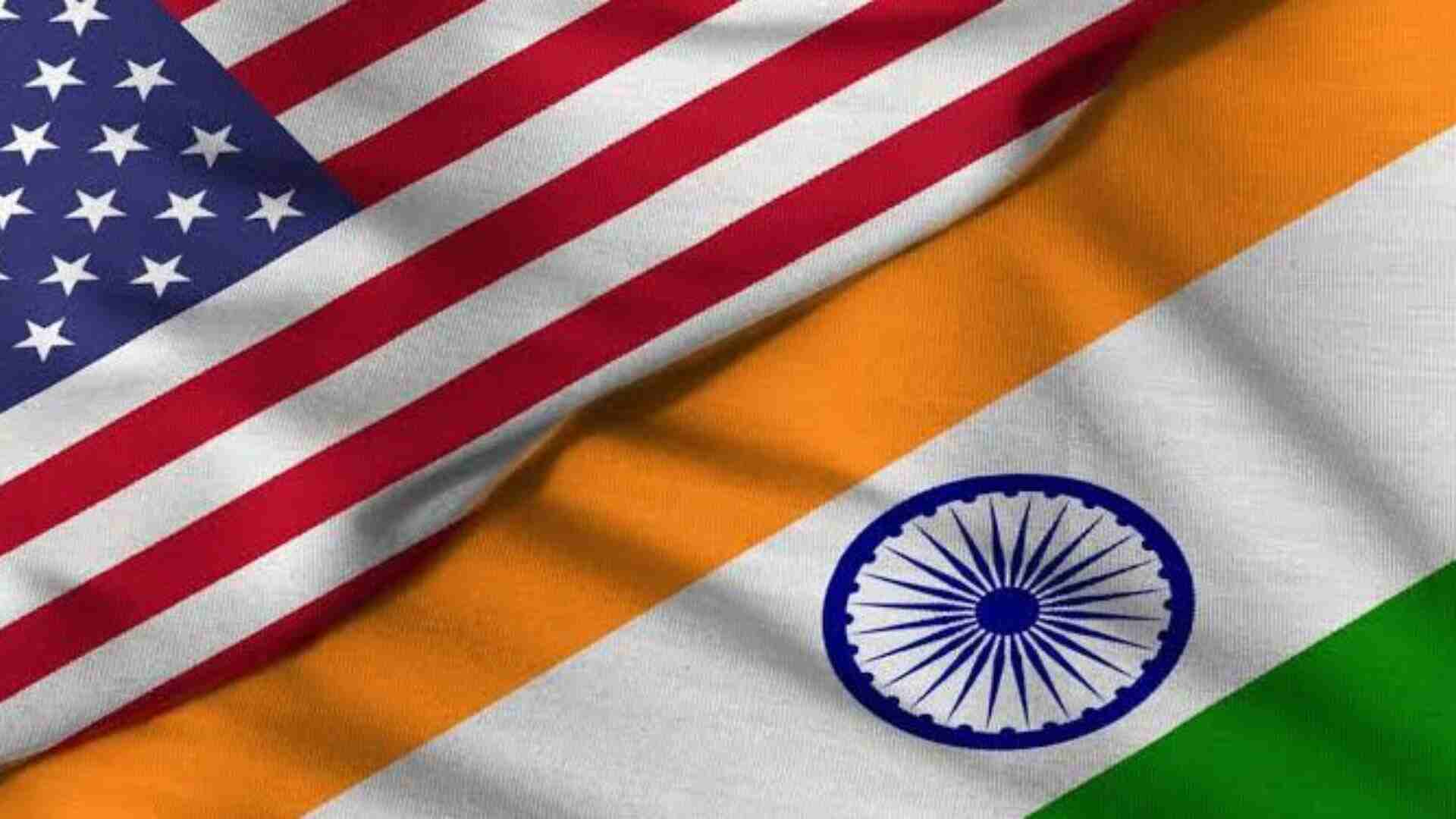NEW DELHI: India is now the leading military partner of the United States, conducting more military exercises and personnel exchanges than any other country around the world, including the North-Atlantic Treaty Organization (NATO) countries. The US Congressional Research Service recently communicated this to the US Congress.
The coming together of these two nations gained pace when Narendra Modi was sworn in as the Prime Minister in May 2014, which was followed by signing of key defence agreements, such as the Logistics Exchange Memorandum of Agreement (LEMOA) in 2016 and the Communications Compatibility and Security Agreement (COMCASA) in 2018 and Basic Exchange and Cooperation Agreement (BECA) that was signed in October 2020, which facilitated closer military cooperation. PM Modi is on a three-day tour of the US beginning 21 September.
This development is being described by strategic watchers as testimony to the level of confidence that the Pentagon enjoys vis-à-vis the US State Department, which, time and again, has been accused of meddling in other countries’ internal affairs. Experts say that the engagement of the Pentagon, with a budget
Since 2008, defence trade has emerged as a central facet of the US-India security partnership, with the US Congress designating India a “Major Defense Partner” in 2016. The defence establishment in Washington is pushing for new bilateral technology-sharing and defence co-production agreements with India, for which the Congress in the US too has been sounded out to adjust existing US laws and regulations in response to these plans. These plans, officials said, involve collaboration on advanced military technologies with India.
Officials estimate that in the next ten years, India will spend more than $200 billion on defence purchases, much of which Washington believes will be done from them. Right now, the US is only getting 10% of India’s market so far. Since 2008, India has purchased $20 billion worth of US-origin defence articles.
Officials said that India emerging as the number one military partner of the US as far as bilateral exercises are concerned should be read in the context of how important New Delhi is for the US, irrespective of the political entity that comes to power in the forthcoming elections in that country.
Right now, military personnel from both sides are engaged in the 20th edition of the India-USA Joint Military Exercise “Yudh Abhyas-2024” that commenced in the second week of September at the Foreign Training Node in Mahajan Field Firing Ranges, Rajasthan. The said exercise, which will end on Sunday, has been held annually since 2004, alternating between India and the US. This time, there has been a significant increase in the scope and complexity of the joint exercise in terms of troop strength and equipment. The Indian Army contingent comprising 600 personnel is being represented by a battalion of the Rajput Regiment along with personnel from other arms and services. The US contingent comprising a similar strength is being represented by the troops of 1-24 Battalion of the Alaska-based 11th Airborne Division of the US Army.
In November last year, the “Vajra Prahar” exercise involving the US and Indian Special Forces soldiers was held in the northeastern parts of India. So far, the two countries have held 14 such joint exercises since 2010, with US Special Forces soldiers attending India’s Counter-Insurgency Jungle Warfare School in Mizoram.
Another significant military exercise that the two countries have been conducting at regular intervals is the Cope India, which involves the Air Force. This was first held in 2004 as a fighter jet training exercise in northern India; in 2018, the two countries’ air forces re-launched these exercises after a nine-year hiatus. “Cope India 2023”, held in April, was the sixth and largest iteration ever, and included the participation of US Air Force B-1B bombers and F-15 combat aircraft.
Similarly, in November 2019, US and Indian forces conducted their first-ever tri-service exercise in the Bay of Bengal to develop interoperability for large-scale joint and combined humanitarian and disaster relief (HADR) operations. A third iteration was held in March 2024 and involved elements of a US Marine Expeditionary Unit and an Indian Army mechanized infantry battalion, along with US and Indian aircraft and naval vessels.
However, Exercise Tarkash and Exercise Sangam are the two events that stand out as an example of the coordination that the two armies have developed in the last 10 years. Exercise Tarkash, which is a joint counter-terrorism exercise conducted between the National Security Guard (NSG) of India and the US Special Operations Forces (SOF), saw its seventh edition commencing in April 2024 in Kolkata. The primary aim of Tarkash is to enhance interoperability and coordination between the two elite forces in urban counter-terrorism scenarios. The exercise focuses on building functional relationships and improving bilateral cooperation in combating terrorism in all its forms. During the exercise, the participants from the two forces engage in close-quarter battle, intervention drills, hostage rescue operations, surveillance, long-range sniping, and complex operations planning.
On the other hand, Exercise Sangam is a joint naval special forces exercise involving the Indian Navy’s Marine Commando Force (MARCOS) and the US Navy SEALs. The seventh edition of this exercise was carried out in December 2022 in Goa. In this three-week exercise, the participants carry out maritime interdiction operations, direct action missions, combat free fall jumps, and special heliborne operations.
Apart from these exclusive bilateral exercises, the two countries engage in multiple multilateral exercises including the Malabar exercise, Rim of the Pacific (RIMPAC), Khaan Quest, Shanti Prakash, Pacific Dragon, Milan, ADMM-Plus Multilateral Exercise, and KOMODO multilateral exercise.
India becomes the US’ top military exercise partner
इस शब्द का अर्थ जानिये
- Advertisement -

